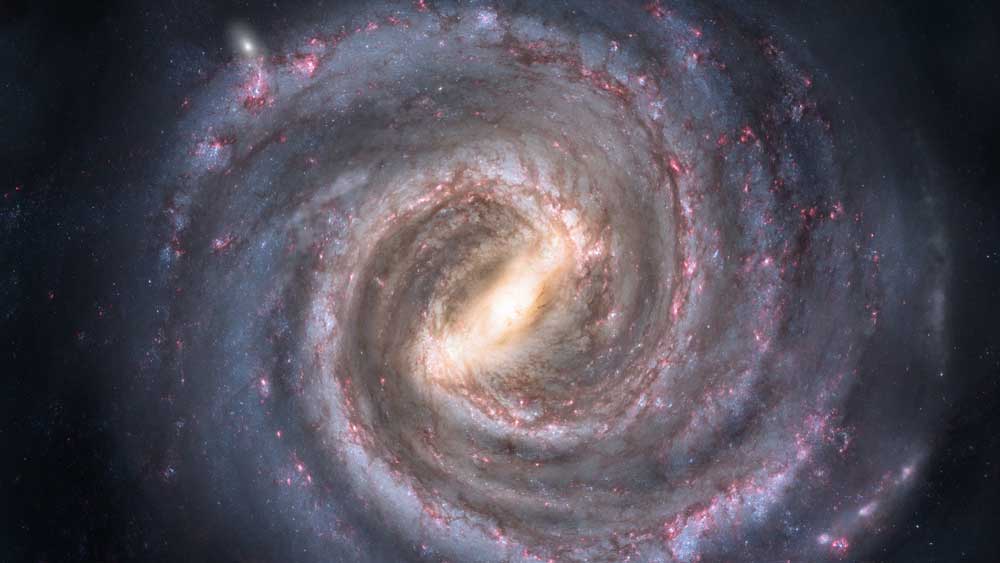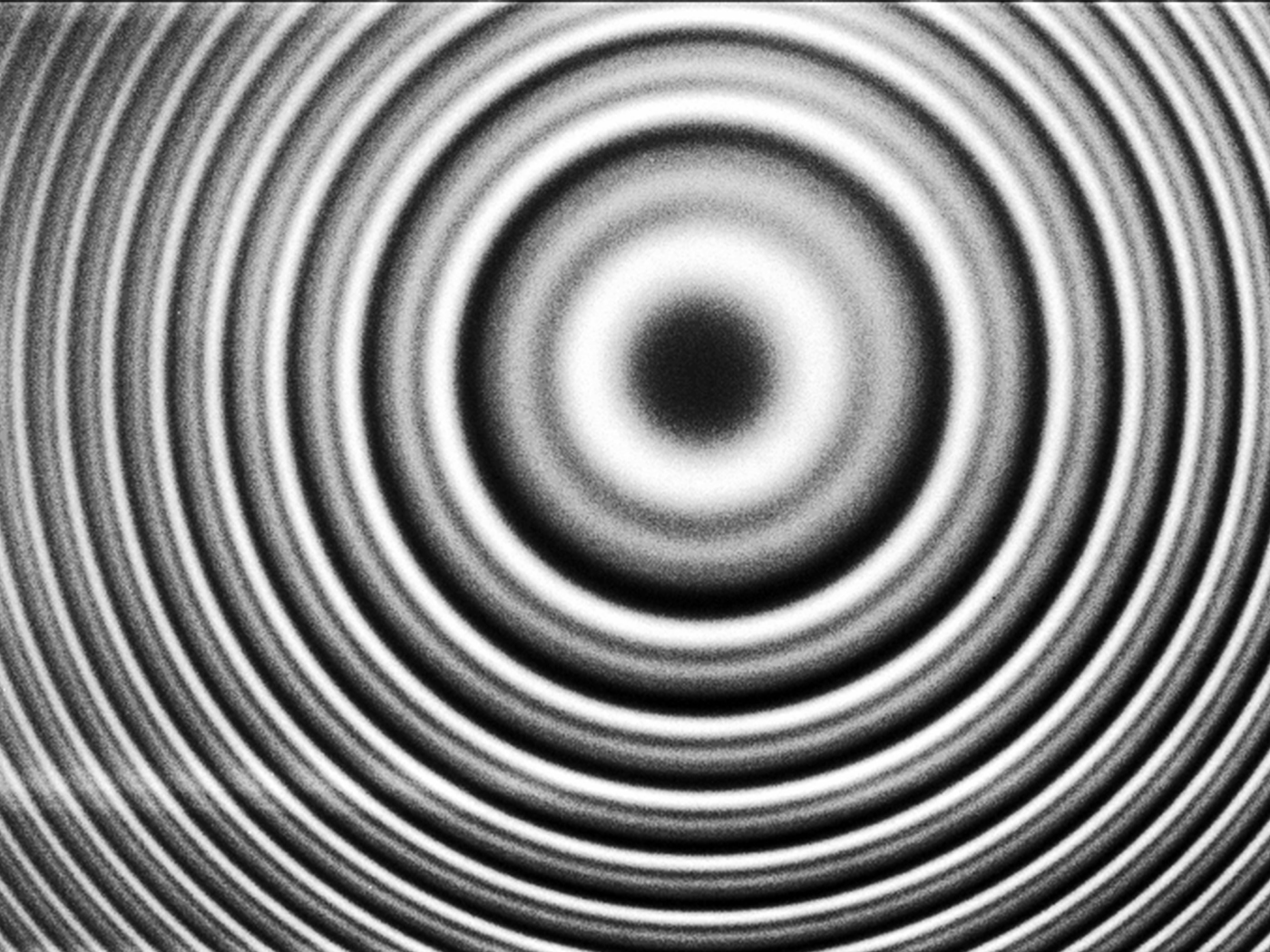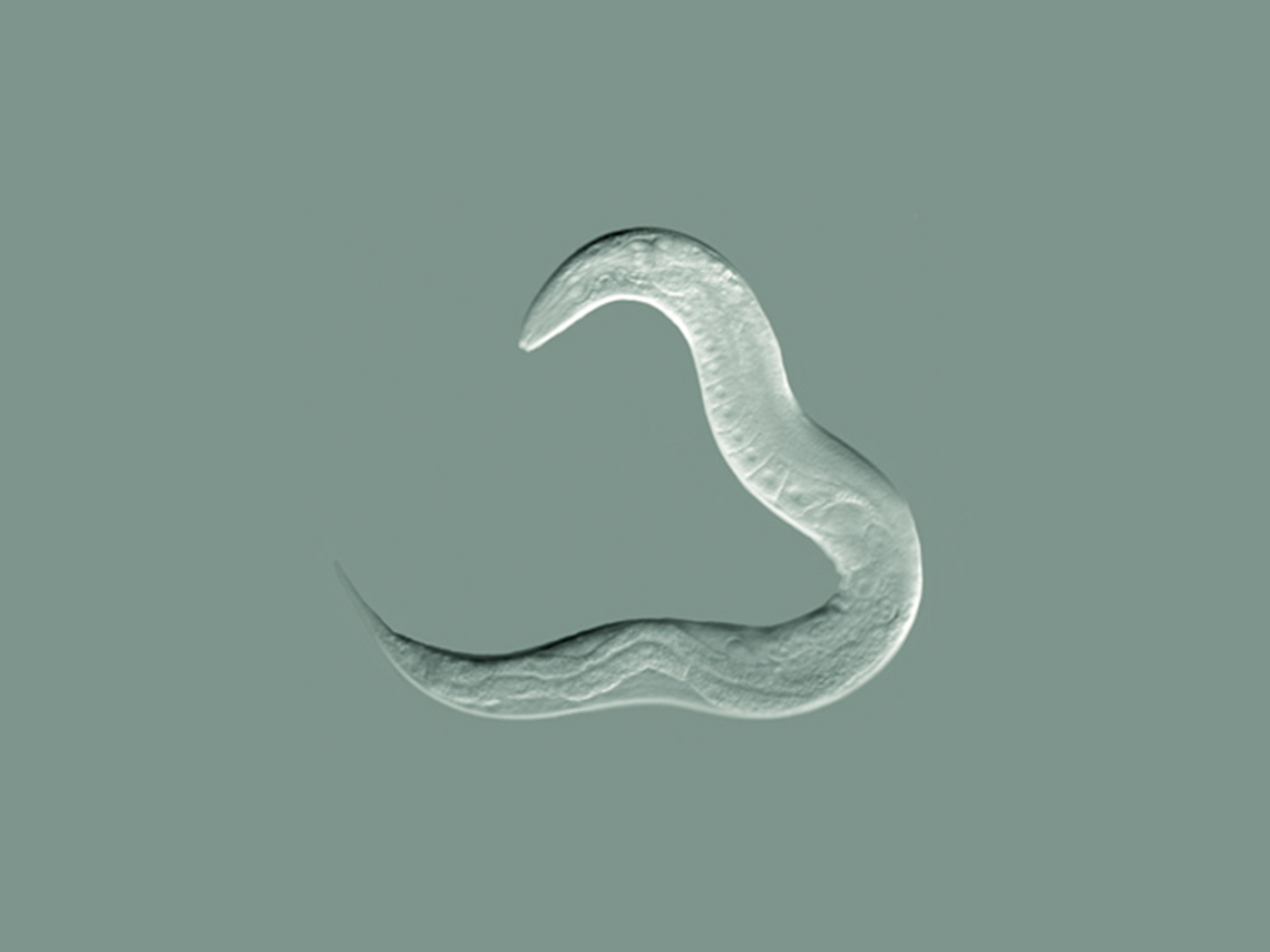A recent study has ruled out a possible candidate for dark matter, the mysterious invisible “stuff” said to comprise 85% of the matter in our universe.1,2 The Big Bang model needs dark matter for a number of reasons. So, this is bad news for the Big Bang model.
Most secular cosmologists believe in dark matter. Some biblical creationists also think dark matter exists,3 but others (including me) are more skeptical.4 Scientists, both creationist and secular, who are skeptical of dark matter tend to think that what is being construed as evidence for dark matter is really due to an incomplete understanding of how gravity behaves over very large distances.5 Creationists who think dark matter is real point out that dark matter was not invented simply to “fix” problems with the Big Bang—astronomers were discussing the possibility of dark matter at about the same time, and even before, the Big Bang model was first proposed.
Although this is true, dark matter has nevertheless become extremely important to secular scientists. Big Bang cosmologists now invoke dark matter in their theories of galaxy formation.6 Furthermore, Big Bang cosmology demands that this dark matter be composed of exotic, never-before-detected particles. This is because, in order for the Big Bang to produce the observed abundances of helium and hydrogen, Big Bang cosmologists must assume a particular value for an adjustable parameter in their model. Once this is done, the Big Bang model can only generate enough “normal” matter (atoms) to account for about 15% of the matter thought to exist. This means that, by their reckoning, the dark matter can’t be made of atoms. But they have ruled out other forms of non-atomic matter (neutrinos, free electrons, etc.) for other reasons. This means that some exotic, new form of matter is the only remaining option.7
But the search for this exotic matter is not going very well. In the most recent disappointment, astronomers had speculated that an X-ray “glow” around distant clusters of galaxies was caused by the decay of a particular dark matter candidate called a sterile neutrino. If this were the case, then this X-ray glow should surround our own galaxy, since they think the Milky Way has its own dark matter halo. Yet this X-ray glow is absent from the Milky Way.1,2 Astroparticle physicist Ben Safdi (University of Michigan, Ann Arbor) said, “It seems to be the final nail in the coffin of the dark matter interpretation [of the X-ray glow].”2
Big Bang theorists are becoming increasingly desperate to find this “missing” dark matter. Recently, some speculated that dark matter perhaps pre-dated the Big Bang somehow!8
Given the continuing woes besetting the Big Bang model, it is a wonder that so many, including so many evangelical Christians, seem to accept this model, despite its enormous scientific problems and its clear contradiction with Scripture.9,10
References
1. Desert, C. et al. 2020. The dark matter interpretation of the 3.5-keV line is inconsistent with blank-sky observations. Science. 367 (6485): 1465-1467.
2. Grossman, L. A controversial X-ray glow didn’t show up in the Milky Way’s dark matter halo. Science News. Posted on sciencenews.org March 26, 2020, accessed April 2, 2020.
3. Faulkner, D. 2017. The Case for Dark Matter. Answers Research Journal. 10: 89-101.
4. Coppedge, D. F. Will Dark Matter Hunters Ever Give Up? Creation Evolution Headlines. Posted on crev.info April 1, 2020, accessed April 3, 2020.
5. Letzter, R. 19 Galaxies Are Apparently Missing Dark Matter. No One Knows Why. Space.com. Posted on space.com December 5, 2019, accessed April 3, 2020.
6. Assembly of Galaxies. James Webb Space Telescope/Goddard Space Flight Center website. Accessed April 3, 2020.
7. Hebert, J. 2013. Dark Matter, Sparticles, and the Big Bang. Acts & Facts. 42 (9): 17-19.
8. Hebert, J. 2019. Continuing Troubles for the Big Bang Model. Acts & Facts. 48 (11).
9. Thomas, B. and J. Hebert. 2014. Does Science Support the Big Bang? Acts & Facts. 43 (7).
10. Morris, J. D. 1997. Is the Big Bang Biblical? Acts & Facts. 26 (5).
*Dr. Jake Hebert is Research Associate at the Institute for Creation Research and earned his Ph.D. in physics from the University of Texas at Dallas.

Dark Matter Search Keeps Coming Up Empty
The Latest
Photosynthetic Proteins Power Plants
Some scientists think the photosynthetic process is all but figured out since the discovery of more details regarding the place, assembly, and function...
CREATION PODCAST
Uncovering the Secrets of Earth's Oceans | The Creation Podcast:...
The oceans cover most of our planet's surface. Uniformitarians claim the oceans are nearly 4 billion years old, but the evidence says otherwise.
Host...
A Giant Ichthyosaur: Largest Ever Marine Reptile?
Paleontologists have discovered portions of a giant ichthyosaur’s lower jawbone on Blue Anchor Beach at the southern entrance to the United Kingdom’s...
New Titanosaur Species Discovered in Uruguay and Argentina
The pre-Flood world had some truly massive dinosaurs, and the largest of them were in the group Sauropodomorpha.1 Within this group were...
May 2024 ICR Wallpaper
"Have I not commanded you? Be strong and of good courage; do not be afraid, nor be dismayed, for the LORD your God is with you wherever you...
Was a Key to Photosynthesis Evolution Discovered?
Northern Canadian lakes were the source of recently discovered unique photosynthetic bacteria of the phylum Chloroflexota. After years of culturing,...
CREATION PODCAST
Four Moons That Indicate a Young Universe | The Creation Podcast:...
Earth has one moon, but Jupiter has many! What can we learn from our celestial neighbor's satellites? Do they indicate youth?
Host...
Creation Kids: Seeds and Sprouts
by Renée Dusseau and Susan Windsor*
You're never too young to be a creation scientist and explore our Creator's world. Kids, discover...
APOLOGETICS
Christ’s Creativity in Canyon Critters
Grand Canyon animals display many marvelous traits and behaviors as they live life in that harsh habitat. These canyon creatures succeed thanks to the...





















